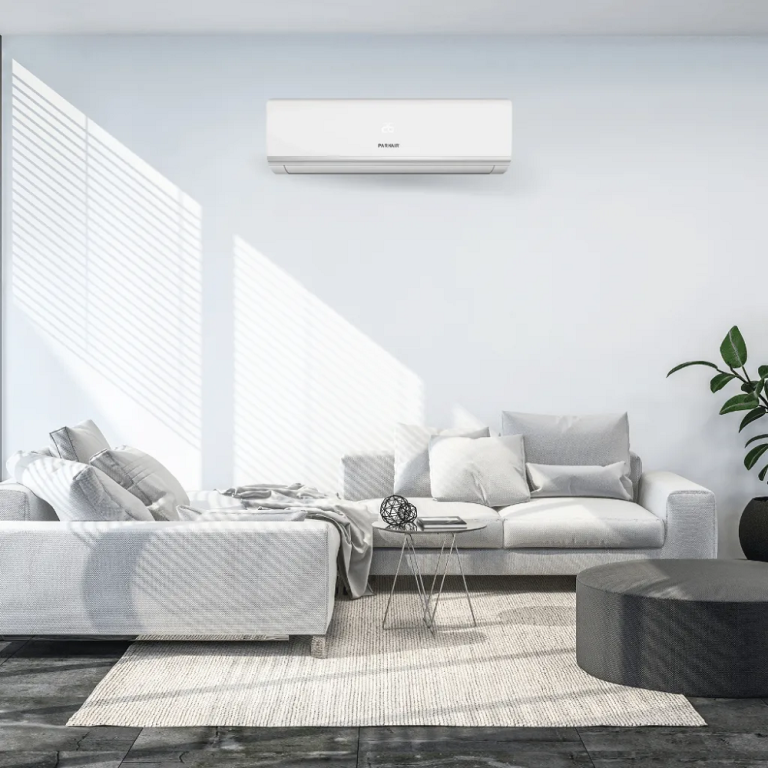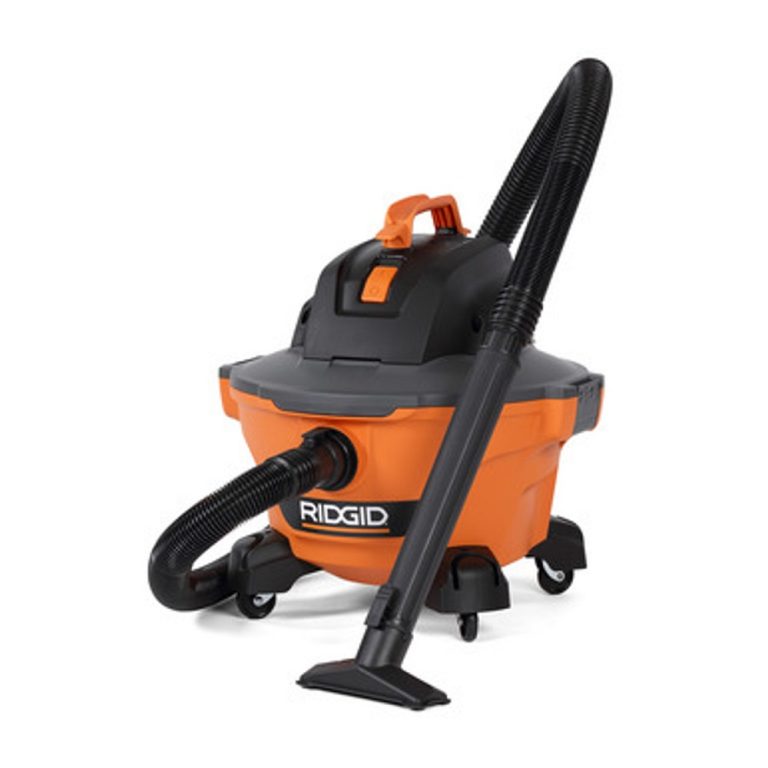The vacuum cleaner is an essential household appliance that has transformed the way we clean our homes. It provides convenience and efficiency, making cleaning more accessible and less labor-intensive. However, the history of the vacuum cleaner is a fascinating journey filled with innovation and adaptation. When was the vacuum cleaner invented? This article delves into the origins of the vacuum cleaner, tracing its development from early cleaning tools to the modern machines we use today.
Early Cleaning Methods
Before the vacuum cleaner was invented, people used various methods and tools to clean their homes. Cleaning was a labor-intensive task, often requiring considerable effort and time.
Sweeping and Beating Mats
For centuries, sweeping with brooms was the primary method for removing dust and debris from floors. People used simple handcrafted brooms made of straw or twigs. While effective, sweeping did not completely eliminate dirt and dust.
Another common practice was beating rugs and mats outdoors. This method involved hanging carpets and vigorously striking them to remove dust. While this might have been somewhat effective, it was also time-consuming and cumbersome. People started to recognize the need for a more efficient cleaning solution.
The Introduction of Mechanical Innovations
By the 19th century, advancements in machinery began to influence many aspects of daily life, including cleaning. The Industrial Revolution led to innovations in various sectors that eventually paved the way for the vacuum cleaner.
Inventors began experimenting with machines to automate tasks. One of the notable early attempts was a machine called the “Carpet Sweeper.” In 1858, Edwin Beard Budding patented a machine designed to cut grass with a rotating cylinder. This inspired further developments in mechanical cleaning devices.
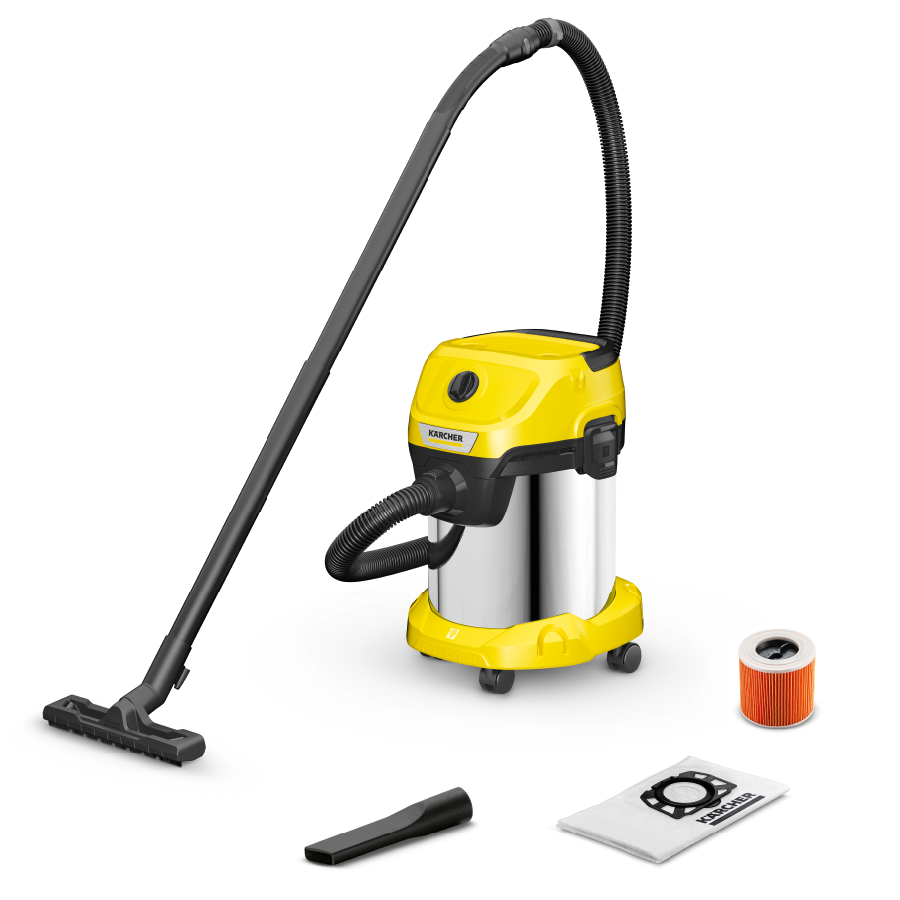
The Birth of the Vacuum Cleaner
The first true vacuum cleaner did not appear until the late 19th century. It was a groundbreaking invention that combined suction power with the convenience of mechanical operation.
The First Patent
In 1860, a man named Daniel Hess patented a machine that is considered one of the earliest vacuum cleaners. Hess’s invention utilized a rotating brush and a bellows system to create suction. Although it was not a commercial success, it demonstrated the potential for mechanically removing dirt from floors.
Shortly after Hess, in 1876, Scottish inventor William Henry Hoover developed an improved version. Hoover’s model used a more effective suction system and included a dust collection bag. This development marked a significant advancement in vacuum cleaner technology.
Commercial Production
The first commercially successful vacuum cleaner came in 1901. Designed by British inventor Hubert Cecil Booth, this machine was powered by an engine and used suction to remove dirt. Booth’s invention was notable for its large size; it was a horse-drawn vacuum cleaner. Booth demonstrated the machine at a local exhibition, impressing everyone with its power and effectiveness.
Booth’s machine was designed for industrial use and offered cleaning services to homes, offices, and public spaces. Although large and unwieldy, it laid the foundation for the modern vacuum cleaner.
Advancements in Vacuum Cleaner Technology
As the early 20th century progressed, vacuum cleaner technology continued to evolve. Several inventors contributed to making these machines more practical and accessible for everyday use.
The Introduction of Electric Vacuum Cleaners
In the early 1900s, electric-powered vacuum cleaners emerged, rapidly changing the landscape of home cleaning. In 1907, James Murray Spangler, a department store janitor, created an electric vacuum cleaner from a fan motor, a box, and a broom handle. He invented a compact design that was easy to handle and operate.
Spangler’s design became a commercial hit after he refined it and patented it as the first portable vacuum cleaner. He later sold his patent to William H. Hoover, who produced the vacuum cleaner under the brand name “Hoover.” This partnership marked the beginning of widespread adoption of electric vacuum cleaners in households across America and beyond.
The Popularity of Home Vacuum Cleaners
By the 1920s, vacuum cleaners had become an essential household appliance. Manufacturers offered various models to cater to different needs. Innovations included attachments for specialized cleaning, such as upholstery and drapes.
During the post-World War II era, household vacuum cleaners became even more popular. With a growing emphasis on cleanliness and sanitation, families began investing in these machines to streamline their cleaning routines. The market responded by introducing models that were lighter and more user-friendly.
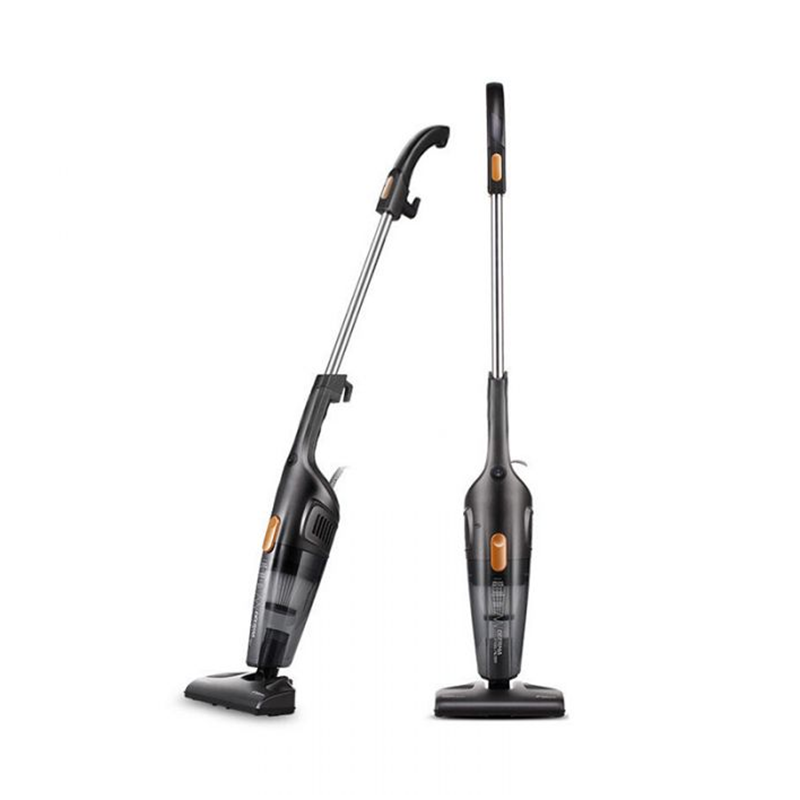
Evolution of Vacuum Cleaner Designs
As consumer demand grew, manufacturers began to innovate further, resulting in the creation of new vacuum cleaner designs. Features evolved to improve versatility and functionality.
Canister vs. Upright Vacuum Cleaners
The two primary design categories emerged: canister and upright vacuum cleaners. Each design offers unique benefits.
- Canister Vacuum Cleaners: These models feature a separate canister unit connected to a vacuum hose. They are known for their powerful suction and versatility. Canister vacuums are effective for cleaning various surfaces, including hard floors and carpets. They typically include multiple attachments for different cleaning tasks.
- Upright Vacuum Cleaners: These models combine the vacuum and the cleaning head into a single unit. They are known for their convenience and effectiveness on carpets. The design allows for easy maneuverability across various surfaces, making them popular among consumers.
Both types have undergone continuous improvements, resulting in more efficient filtration systems and increased suction power. Many modern models incorporate advanced technologies like HEPA filters and cyclone separation.
The Rise of Bagless Technology
In the 1980s, bagless vacuum cleaners gained popularity, providing an innovative solution to the issue of dust collection. Inventor James Dyson developed a bagless vacuum cleaner that utilized cyclonic separation technology. This innovation allowed dirt and debris to spin quickly in a chamber, separating them from the airflow and preventing clogging.
The introduction of bagless designs made vacuuming more convenient. Users no longer had to replace bags or worry about dust spilling when emptying them. As bagless vacuums became mainstream, they led to further advancements in filtration and suction.
The Modern Vacuum Cleaner: Smart Technology
In recent years, vacuum cleaner technology has continued to advance rapidly, incorporating smart technologies and features. The modern vacuum cleaner is now a multifunctional device that can perform various cleaning tasks.
Robotic Vacuum Cleaners
One of the most significant developments in vacuum technology is the rise of robotic vacuum cleaners. These devices use sensors and smart technology to navigate and clean homes autonomously. Brands like iRobot and Ecovacs have popularized robotic vacuums, making them common household items.
Robotic vacuums can be programmed to follow specific cleaning schedules and can often be controlled remotely via smartphone apps. Although they may not completely replace traditional vacuums, they provide an additional layer of convenience for maintaining cleanliness between deeper cleanings.
Integration with Smart Home Technology
Many modern vacuum cleaners now integrate with smart home technology. These devices can connect to voice assistants like Amazon Alexa and Google Assistant, enabling users to start cleaning sessions with simple voice commands. This integration showcases how vacuum cleaners have evolved beyond mere appliances into intelligent devices that align with contemporary lifestyles.
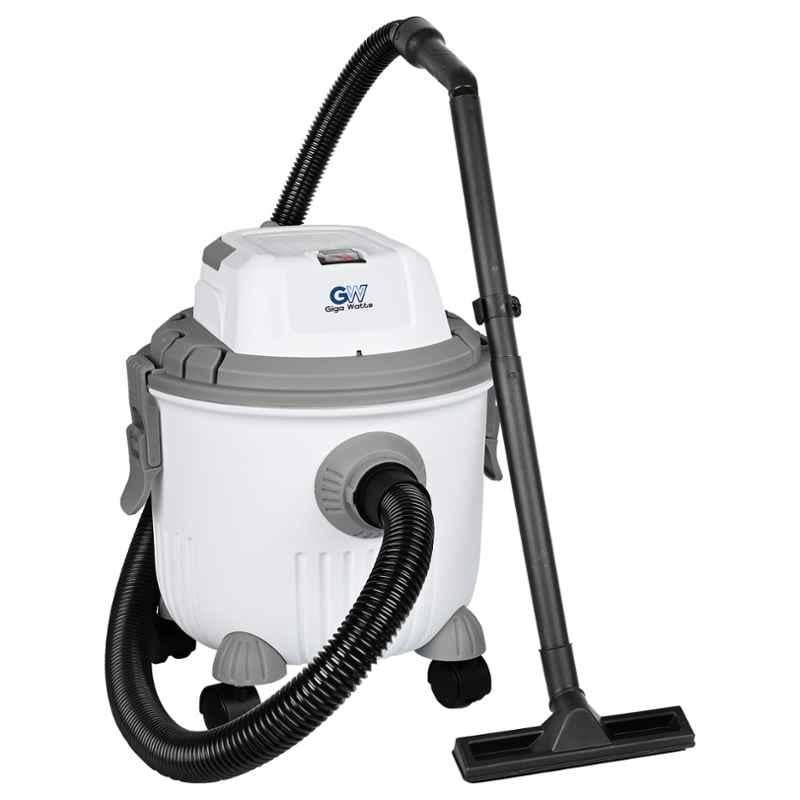
Conclusion
When was the vacuum cleaner invented? The history of the vacuum cleaner is a fascinating journey of innovation and adaptability. From early sweeping methods and machine prototypes to the modern, sophisticated appliances available today, the vacuum cleaner has evolved significantly.
Understanding this evolution helps appreciate the conveniences we often take for granted in our daily lives. Today’s vacuum cleaners, equipped with advanced technology, empower users to maintain a clean and healthy living environment. As technology continues to progress, it is exciting to consider how vacuum cleaners will develop further, making cleaning even more efficient and effortless. The vacuum cleaner has truly come a long way, transforming from a cumbersome machine into a vital household companion.

